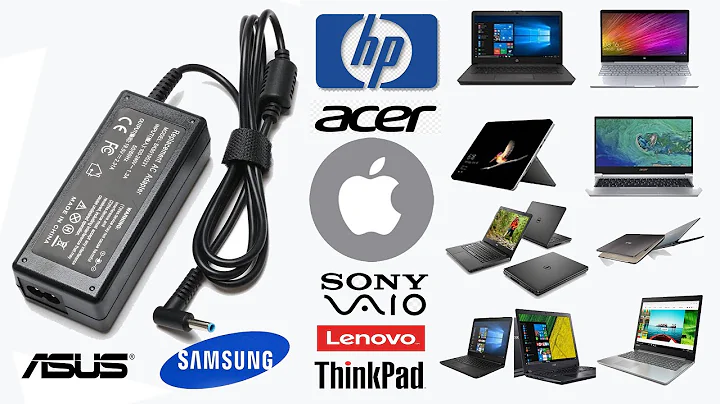19V charger with 10.8V laptop battery
Solution 1
The Solution for this is simple :-
Find out what voltage charger the laptop is supposed to have.
It's very possible that it is different to the battery voltage, so using this value as a method for working out the correct charger is simply dangerous.
If you provide the make and model of the laptop you want to charge, and the make and model of the charger you wish to use, someone will be able to advise if you can use it, and if not, which one to get hold of.
Using a charger that is not designed for the laptop can result in :- A dead battery, a dead laptop, damaged furnishings, or in extreme cases a dead user
Don't do it.
Solution 2
Charger voltage is higher than battery voltage
The charging voltage does need to be higher than the battery output voltage in order to charge it, so the charger will always have a higher voltage. The laptop has circuitry to control charging and to step down the charger voltage to operate the laptop from the charger. That circuitry is designed around a charger of a certain voltage. You can't really go by the battery voltage.
My own laptop has a battery of ~11V, and uses a charger of 19V, so that is a possible combination, but it doesn't mean that every laptop with a similar battery uses a 19V charger. The laptop should be labelled with the appropriate charger voltage, or you can find that information in the user manual or online. Start with the laptop spec.
How close to spec does voltage need to be?
If you need to use a different charger, a voltage that is within 3% (+/- 0.5V for a charger in the neighborhood of 17V) should be within tolerances and fine. You're taking a risk beyond 3%, and I wouldn't use a charger that is off by more that 5%.
Current rating
But you also need to check the charger current. If the current rating is higher, that is not an issue because the laptop will use only what it needs. But if the charger's current rating is outrageously higher (many times the requirement), its output voltage at a small fraction of its rated load may be higher than what it shows on the nameplate. So if the rated voltage is already higher than the laptop spec and the current rating is extremely higher, the actual voltage output may be more than the laptop is designed to handle.
In the other direction, you need to be careful if the charger current rating is lower than the laptop spec. The OEM charger was likely rated so that you can charge and operate at the same time, even when supplying some power to USB peripherals.
If you have nothing attached to the laptop and the current rating of the charger is just shy of the laptop spec, you're probably OK. If the charger spec is lower but in the ballpark of the laptop spec, you may be able to operate from the charger if the battery is fully charged, or charge the battery with the laptop off, but not charge and operate at the same time. If you try to draw more current than the charger is rated for, you will likely destroy the charger.
Related videos on Youtube
David Brown
Updated on September 18, 2022Comments
-
David Brown over 1 year
Can I use a 19V battery charger with a Li-ion 10.8V 4400mAh battery? Will this have any negative effects?
The charger comes from another laptop. The output spec states: 19V -- 2.37A
The battery model is: C4500BAT-6
-
David Schwartz about 5 yearsYou keep saying "charger", but I think you mean power supply or power adapter.
-




